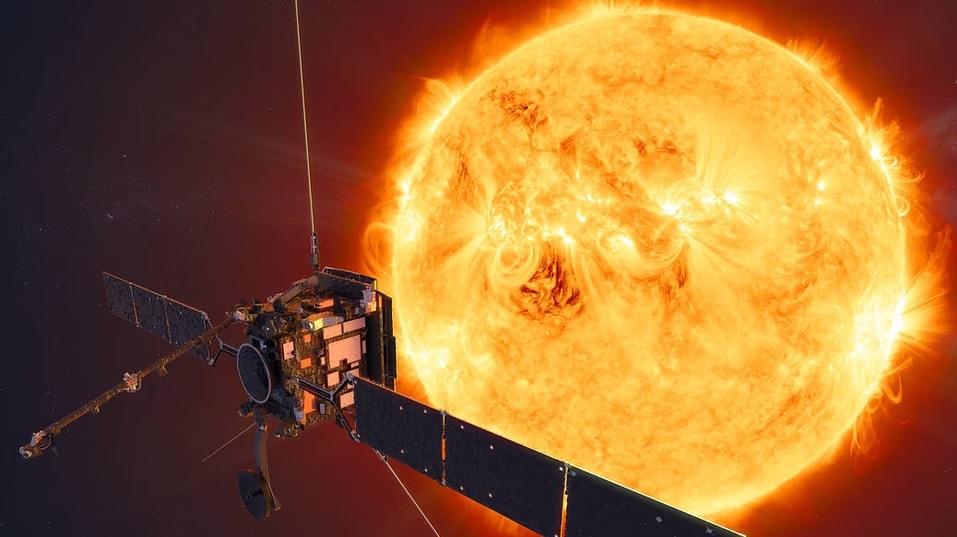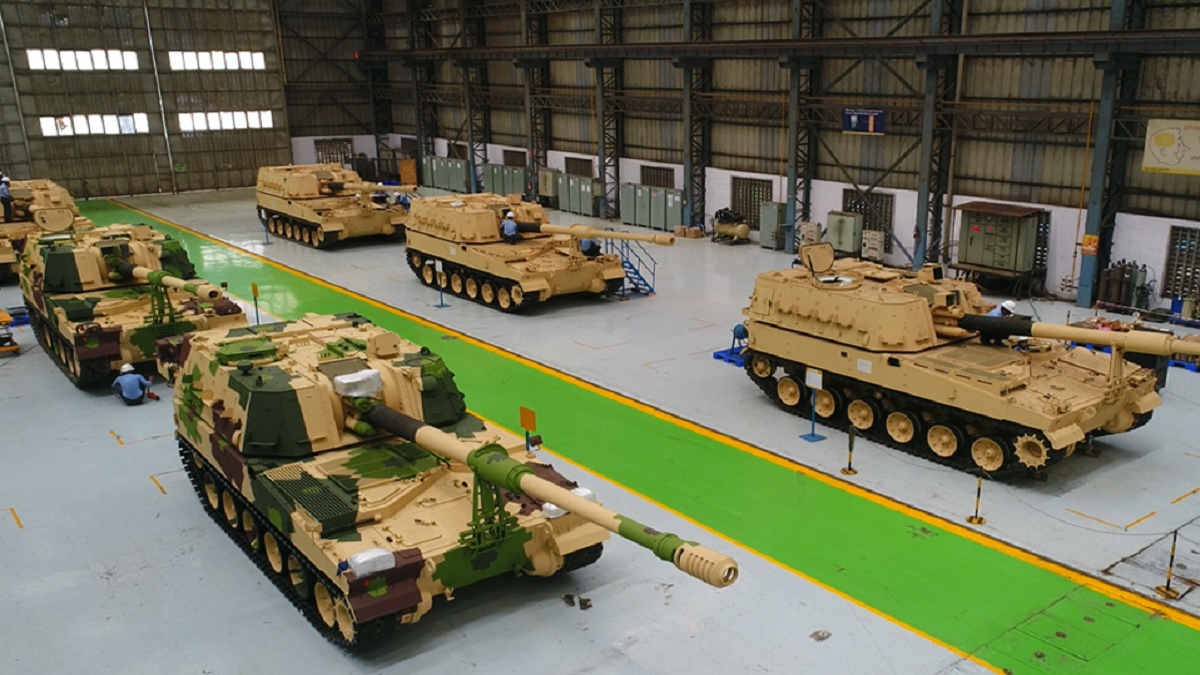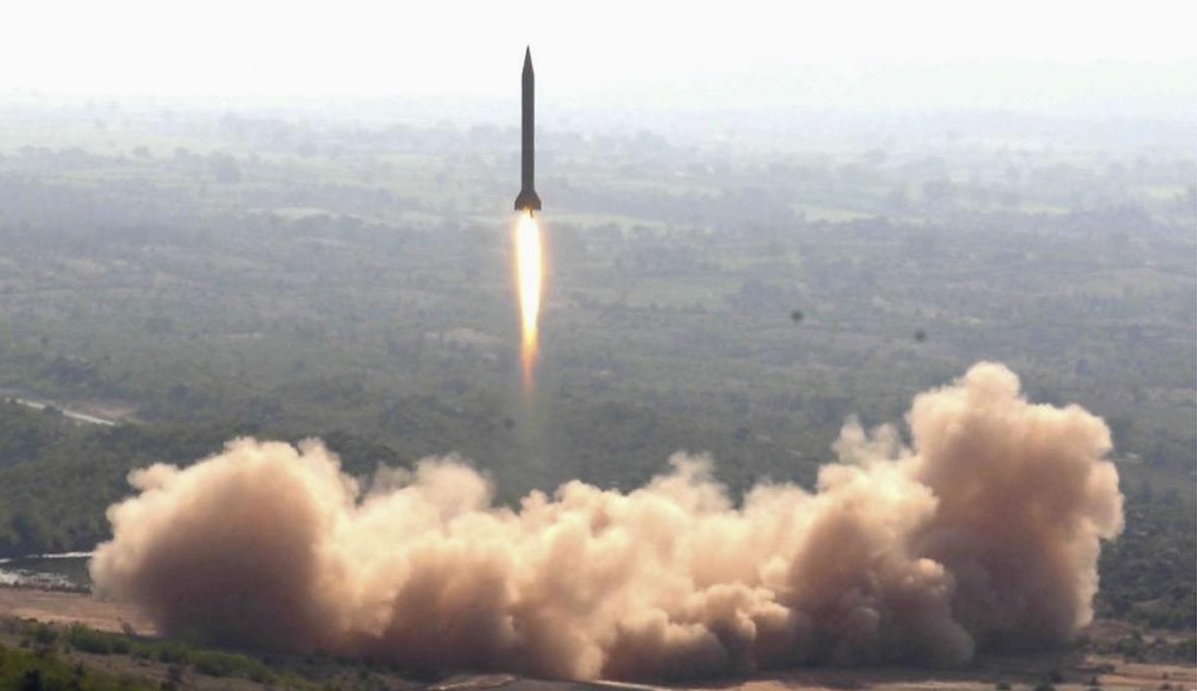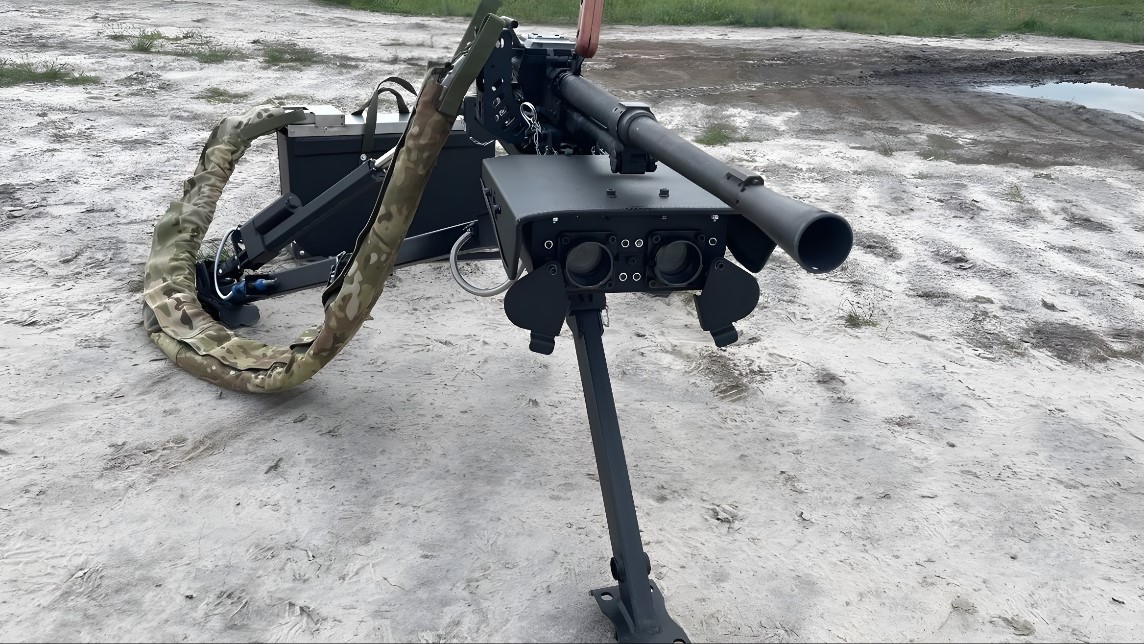India's Aditya L1 Spacecraft to Track Sun During Total Solar Eclipse

Space News
India
India is set to mark a significant milestone in space exploration as its first solar mission, Aditya L1, is poised to track the Sun during an upcoming Total Solar Eclipse on April 8. This mission holds immense scientific value, offering insights into solar dynamics and their impact on the interplanetary medium.
Scheduled for April 8, the Total Solar Eclipse will occur as a rare alignment of the Sun, Moon, and Earth plunges parts of North America into temporary darkness during daylight hours. India's Aditya L1 spacecraft, stationed approximately 1.5 million kilometers from Earth at Lagrange Point 1, will observe this celestial event from a unique vantage point.
Aditya L1 carries six instruments designed to study various aspects of the Sun's behavior. Among these, the Visible Emission Line Coronagraph (VELC) and the Solar Ultraviolet Imaging Telescope (SUIT) are primed to observe the Sun during the eclipse. The coronagraph, in particular, will focus on studying the Sun's outer layer, known as the corona.
During a Total Solar Eclipse, the Moon obscures the solar disk, revealing the Sun's corona. Aditya L1 will capture this phenomenon, shedding light on the enigmatic outer layer of the Sun that is typically invisible from Earth's perspective.
Placed in a halo orbit around Lagrange Point 1, Aditya L1 enjoys uninterrupted views of the Sun without the obstruction of eclipses. This strategic positioning allows for continuous monitoring of solar activities and their influence on space weather in real-time.
Equipped with seven payloads, Aditya L1 conducts observations of the Sun's photosphere, chromosphere, and corona using a combination of electromagnetic, particle, and magnetic field detectors. These payloads provide invaluable data for studying phenomena such as coronal heating, coronal mass ejections, solar flares, and space weather dynamics.
The mission's primary objectives include studying the dynamics of the solar upper atmosphere, understanding coronal heating mechanisms, and observing the initiation of solar eruptive events. Additionally, Aditya L1 aims to investigate the composition and dynamics of the solar wind, a key driver of space weather phenomena.
Aditya L1's instruments are finely tuned to observe the chromosphere and corona of the Sun, while in-situ instruments provide localized observations at Lagrange Point 1. These combined observations offer comprehensive insights into solar phenomena and their implications for space weather forecasting.
Following its successful launch on September 2, 2023, aboard PSLV-C57, Aditya L1 embarked on a meticulous journey toward Lagrange Point 1. Utilizing a series of liquid engine burns, the spacecraft progressively increased its orbital size until reaching its designated position.
The spacecraft's halo orbit ensures a mission lifetime of five years, with minimal stationkeeping maneuvers and continuous, unobstructed views of the Sun. This strategic placement facilitates helioseismology studies, in-situ sampling of the solar wind, and continuous communication with ground stations.
India's Aditya L1 mission heralds a new era of solar exploration, offering unprecedented insights into the behavior of our nearest star. By tracking the Sun during a Total Solar Eclipse and continuously monitoring solar dynamics, Aditya L1 contributes invaluable data to our understanding of space weather and its impact on Earth and beyond.
In conclusion, India's Aditya L1 spacecraft stands at the forefront of solar research, poised to unravel the mysteries of our Sun and enhance our knowledge of the solar system's dynamics. With its advanced instruments and strategic positioning, Aditya L1 promises groundbreaking discoveries in the realm of space science.


